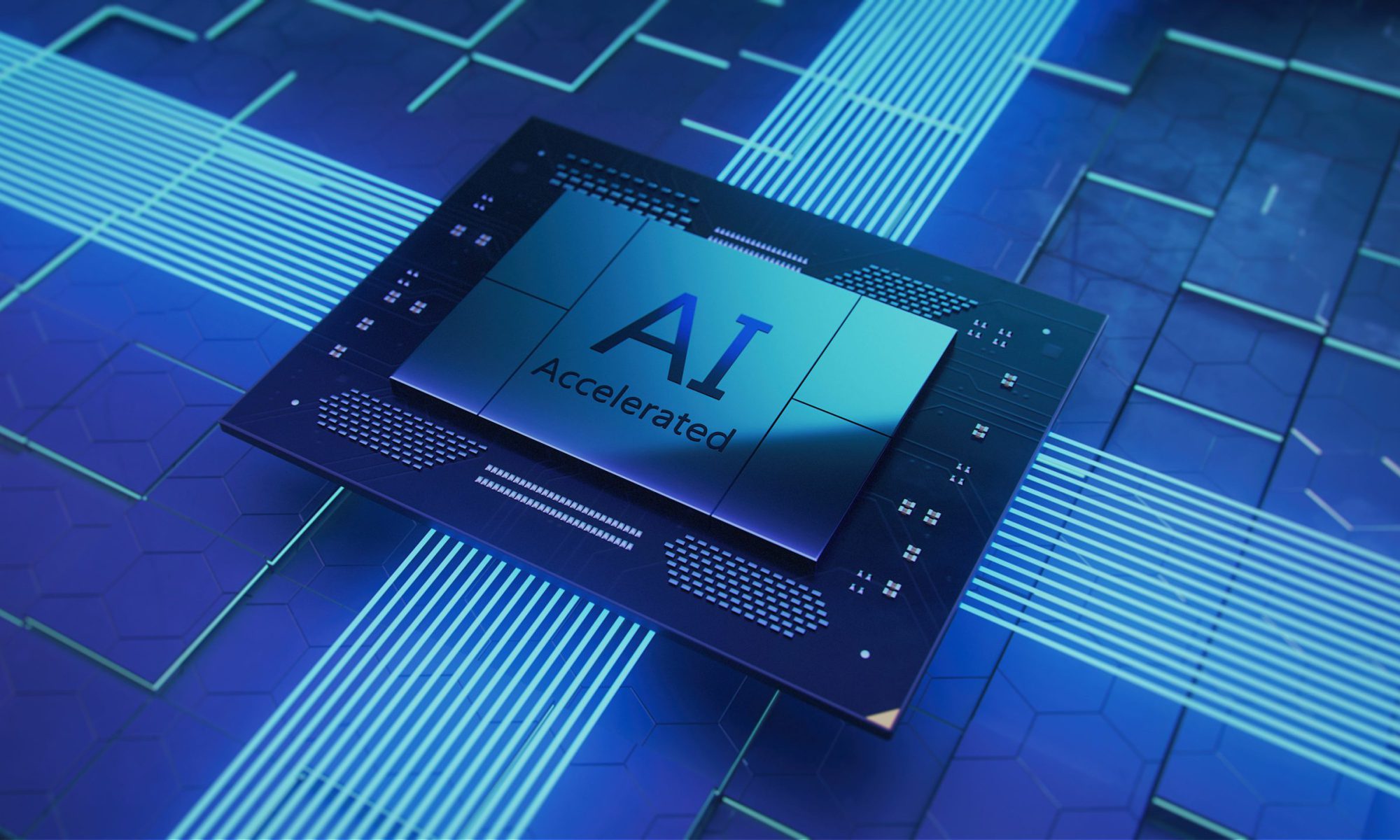In days gone by, almost every job was more or less 600 dpi in both directions. Now there is a drive to higher definition, with higher resolutions and smaller drop sizes.
So we’ve introduced a new feature in ScreenPro™ that allows the resolution of a job to be “upscaled” meaning that a RIP can still render at 600 dpi through an existing workflow and then ScreenPro can upscale the job to the printer resolution. The benefit is that you don’t need to change your existing workflow, can cut down on RIP time by RIPping at 600 dpi, but print on a 1200 dpi machine for increased definition.
There are various ways of achieving higher resolutions: use the new generation of print heads running at 1200 dpi, use multiple print bars, or use scanning head printers for multiple passes. Sometimes it really is increased resolution that is required and other times it is higher addressability and, for example with textile printing, sometimes you just need to be able to put down more ink in any given location.
Once manufacturers have achieved 1200 x 1200 dpi there are other problems to solve. There is four times as much data generated that needs to be passed through the workflow pipeline to the press compared to a 600 dpi data path. There are some applications where the higher addressability isn’t needed, and 600 dpi is ok, in this case you could run the press twice as fast and get twice the production if you ran it at 1200 x 600 dpi, or three times as fast at 1200 x 400 dpi.
To solve the problem of too much data slowing down processing times we have implemented resolution upscaling in the latest release of ScreenPro. The typical example is that we have an existing press and workflow to go with it at 600dpi. The RIP delivers data at this resolution. We then have a choice – to send it to the 600 dpi printer, in which case we screen as normal, or we send to the 1200 dpi machine.
In this simple case we use ScreenPro to double the number of dots it produces in both directions. For non-square resolutions we multiply in one direction only. Also for non-square resolutions we have to change the shape of the screens, a circular screen will be distorted by the non-square printer resolution so we have to correct for that up front.
What this means is that you can continue to RIP at 600 dpi and keep the same workflow right up to the last process of screening. You keep the same PC processor requirements, same network data transfer speeds. Only at the last stage use ScreenPro to upscale to your desired resolution.
This will be a really useful feature for many customers developing the next generation of high definition digital printers.

